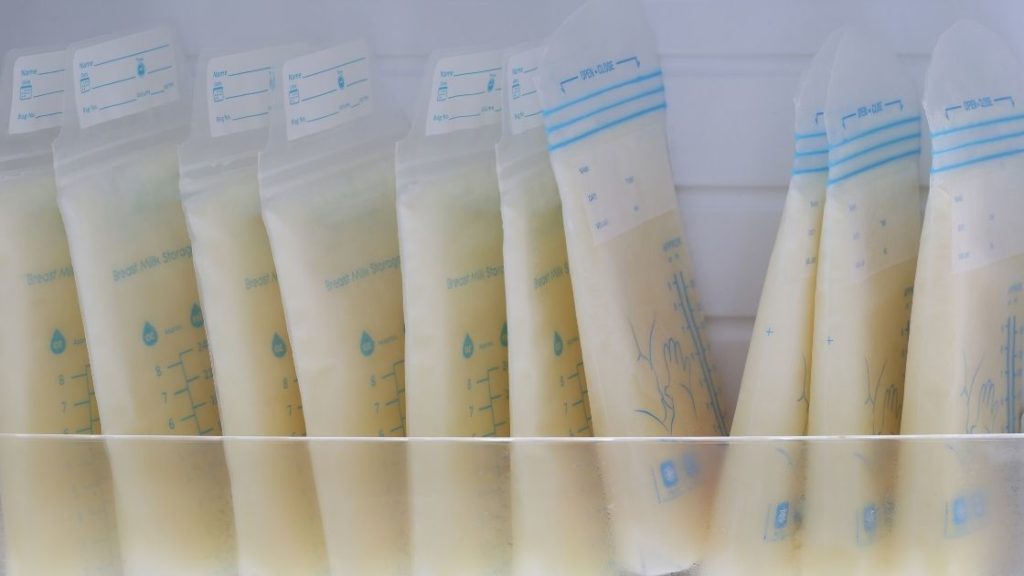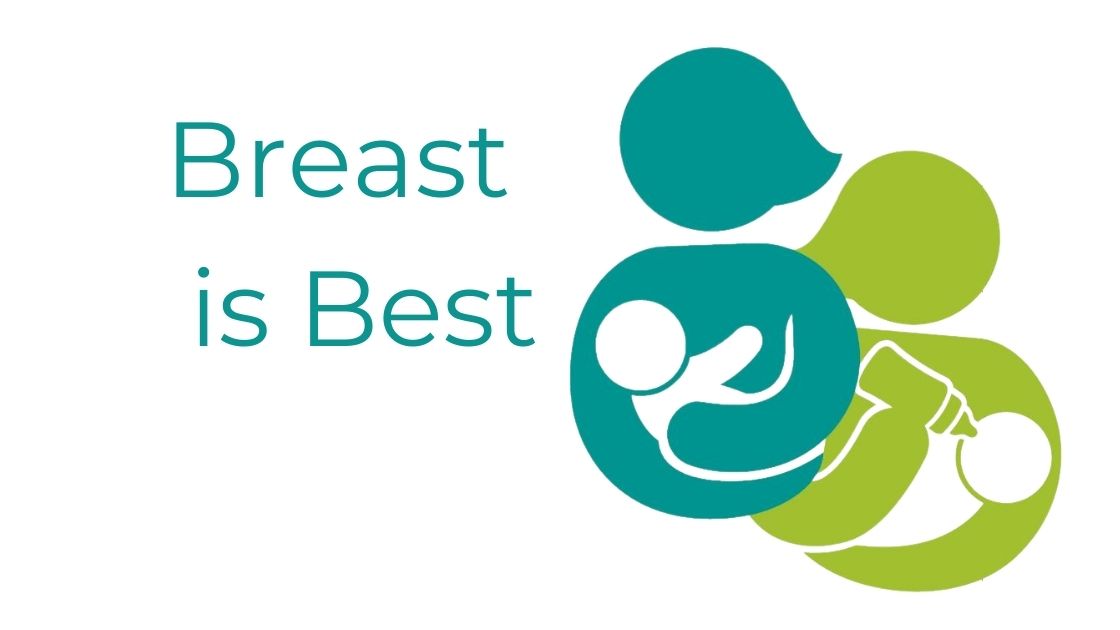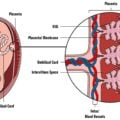Angella Hanson was pregnant with her first child — and a stranger to the world of breastfeeding — when she first learned about milk banks.
Milk banks collect, screen, and process breast milk donated by nursing mothers who have more than their own babies can eat, then distribute it to premature and sick babies who need the nutrition of breast milk most of all.
“I looked on the Internet for one in Minnesota that I could donate to,” explains Hanson, who lives in Apple Valley. “At the time there was no bank in Minnesota, and I just couldn’t see expressing milk and packing it in dry ice to send to another state.”
That was nine years ago. Hanson has since had two more children and kept a watchful eye on the growth of milk banks around the country. When her third child was born in August, the University of Minnesota Children’s Hospital was gearing up to begin taking breast milk donations. “I always try to help where I can — I donate blood, volunteer in the community,” says Hanson. “With the milk bank, it’s an opportunity to help in a way that a lot of other people can’t because not everyone can donate something like this.”
Milk money
According to Lora Harding-Dundek, manager of birth and family education and support services for Fairview Health Services, the University of Minnesota Children’s Hospital had been kicking around the idea of starting a milk bank for several years. A number of formats for such a bank had been proposed, but Harding-Dundek says it took a while to find one that suited the hospital.
“We’d been approached a lot in the past about establishing a bank, but they are very expensive if you run a full-service bank,” she explains. “You either have to do a ton of fundraising or the hospital eats a lot of the cost. [But] there are so few banks and we have such a high breastfeeding rate in the Twin Cities that we knew a lot of moms would be willing to donate.”
In the end, the hospital decided to partner with a for-profit company called Prolacta Bioscience to create their milk bank. That means Children’s Hospital is responsible for screening applicants, running blood and DNA tests, providing electric breast pumps, storing the milk, and shipping it to California where Prolacta is based. Once the milk is in Prolacta’s hands they re-engineer it to make sure it contains a specific amount of nutrients and calories in each ounce — the better to help struggling sick and preterm babies, they say — and then sells the milk to hospitals around the country for roughly $35 an ounce.
Harding-Dundek acknowledges that working with a for-profit company took some getting used to, but the money the hospital receives (Prolacta pays $2 an ounce) goes entirely to fund lactation services for new mothers, and the milk Prolacta fortifies goes to babies who need it. “We struggled with the ethics of working with a for-profit company, and it concerns some mothers, and I don’t blame them,” says Harding-Dundek. “But we looked at it and no one has concerns about developing drugs that cost $1,000 a dose, and yet this is a product that can help babies get better just like that medicine can. And no one gets paid when they donate blood, yet blood donation centers sell that blood to hospitals, too. … This just hasn’t existed with human milk before, and breastmilk is a very emotional topic. But the pros outweigh the cons.”
Helping babies
Hanson, who has been donating milk since last spring, was well aware of the partnership between Children’s Hospital and Prolacta when she began the application process — all donors are required to sign a form saying they understand that the milk is sold to Prolacta, who in turn sells it to hospitals — and it wasn’t an issue. “For me, the clincher was the fact that the hospital’s lactation programs would get money,” says Hanson, who says her mothers and aunts did not nurse. “I was very much on my own when it came to breastfeeding, and I needed the support structure the hospital provided. I called the nursing line all the time, and I wanted to call it twice as much as I did!”
To begin the donation process Hanson filled out a basic application. The hospital checked with both her physician and her baby’s physician to guarantee both were healthy. “We need the baby’s doctor to tell us that the baby is exclusively breastfed,” says Harding-Dundek. “We don’t want the breastmilk going to us and the baby getting formula instead. We also need to know the baby is healthy and thriving and getting enough to eat.”
Blood and DNA tests follow, the former to ensure a clean bill of health and the latter to create an identifier or “fingerprint” of the mother’s milk. A number is assigned to the mother’s specific DNA, which is how each bottle of milk is labeled. That means Prolacta never knows the names of the donors. Once the three- to four-week qualification process is completed and the milk is screened as being okay, mothers can start filling bottles. “Considering it’s a human bodily fluid, the application process is what I expected it to be — I expected to go through tests and have to release my medical history — there were no surprises at all,” says Hanson.
The physical process of donating also holds a few surprises for mothers: donors put their expressed milk into bottles that are labeled with their barcode and then freeze the milk. Hanson waits until she’s filled 14 bottles and then packs up an insulated cooler to drop off at the hospital. “I drive up and they meet me at the car,” says Hanson. “I don’t have to get out or unload my children, we just exchange full bottles for empty bottles and I’m on my way.” Right now around 15 mothers are donating, with the inaugural donor just finishing after giving close to 400 bottles of milk to the program. “We take whatever moms want to give, even if it’s just 10 little bags,” says Harding-Dundek.
As a result, Hanson’s positive experience working with the hospital’s milk bank has encouraged her to tell friends and family members about donating, a process she says not enough people are aware of. “I have some friends who don’t fully understand the extra effort, but they understand the need,” says Hanson. “It’s not as simple as donating blood. You don’t just sit down for an hour and you’re done; it’s a daily commitment. But the recipients get more, the benefits are so great, and I think it’s worth it. I would like to think people I tell about it would think it’s worth it, too.”
Learn more about Minnesota Milk Bank For Babies.


















